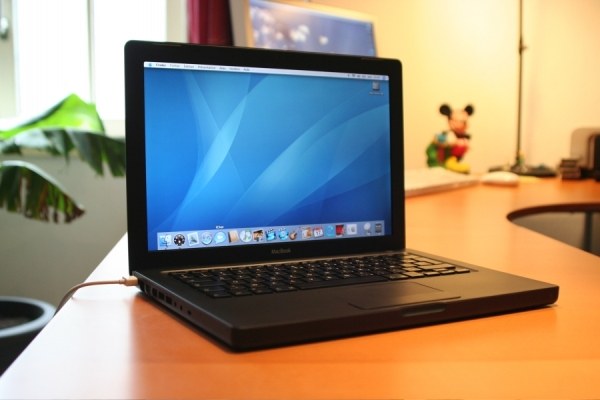Instruction
1
If you work with Internet Explorer, to view the cache settings go to: "Tools" - "Internet options" - "General". In the section "Temporary Internet files" click "Settings". In the opened window you can set the cache size and update check settings pages.
2
Besides, who uses the Opera browser for cache settings, you should open: "Tools" - "General settings" - "Advanced" - "History". Install: in-memory cache is automatic, disk cache size – around 50-100 MB, test documents and images – Never.
3
Mozilla Firefox manages the cache automatically, so it needs no settings. If you still want to change the cache settings, open "Tools" - "Settings" - "Advanced" - "Network". You can disable automatic cache management and assign its size in its sole discretion.
4
In the Google Chrome browser cache is enabled by default, in regular settings to change its settings there. However, it is possible to specify the cache size by editing the shortcut located on the desktop. Click the icon and right click, select "Properties". In the opened window, you need the string "Object" - append at the end, after chrome.exe the flag --disk-cache-size=104857600. Save the changes. In this example, the cache size will be limited to one hundred megabytes. The browser should be run from a shortcut.
5
It is worth noting that not all browsers cache works equally effectively. The worst you can call IE cache, the best cache of Opera. But even in Opera there is no one to fine tune. If you value a good working cache, install free Handy Cache. Is a caching proxy server located at port 8080, it passes through itself all incoming and outgoing traffic. The program has a very developed setting, with its help you can not only save about 40-60% of the traffic, but also to effectively fight is.



